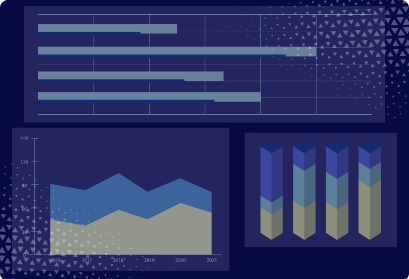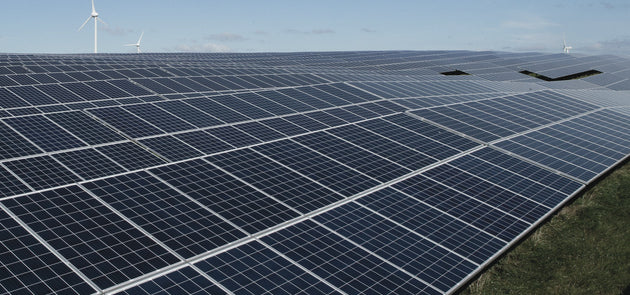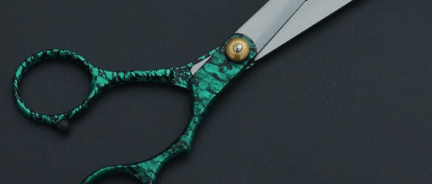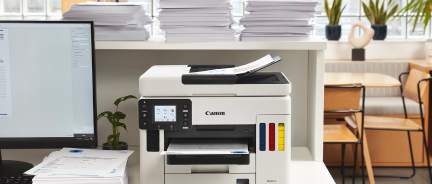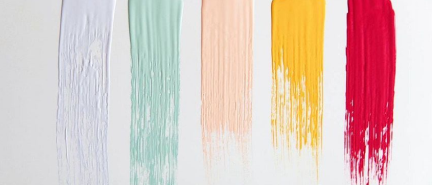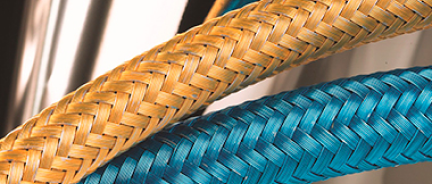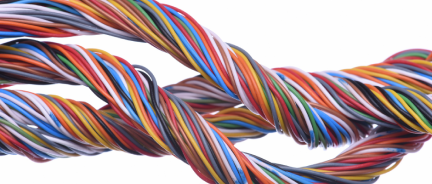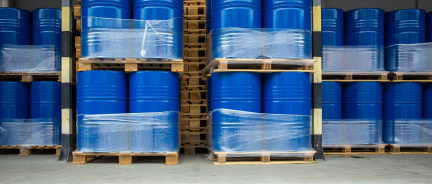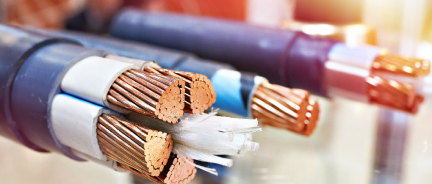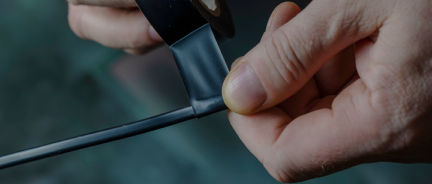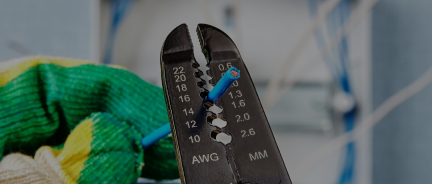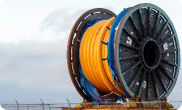A Complete Guide to NEC Article 334 on NM-B Nonmetallic-Sheathed Cable
Article 334 of the National Electrical Code (NEC) is dedicated to installing and using nonmetallic-sheathed cables, including types NM (commercially often known as Romex in the US), NMC, and NMS. These cables are used in residential wiring for branch circuits and lighting. Article 334 outlines the rules for where these cables can be used, how they must be installed, and where they are prohibited. Here's a comprehensive overview of the most important aspects of NEC 334.
Scope of Article 334
Article 334 covers factory-assembled cables with two or more insulated conductors (with or without a ground wire) enclosed in a nonmetallic sheath (usually PVC or nylon). These cables are intended for use in dry, protected locations in residential and light commercial applications.
Types of Nonmetallic-Sheathed Cable (Definitions)
-
Type NM: Standard Romex cable used in dry, indoor locations. Has two or more insulated conductors with or without a bare ground wire.
-
Type NMC: Moisture-, corrosion-, and fungus-resistant; suitable for damp environments.
-
Type NMS: Contains power and signaling conductors under the same sheath. This is a rare type of cable not widely used today.
Where NM Cable Can Be Used (334.10)
Here is the full list of all locations where non-metallic sheathed cables are permitted:
-
One- and two-family dwellings: Exposed or concealed.
-
Multi-family dwellings (Type III, IV, V construction): Concealed in walls, floors, or ceilings with a 15-minute fire barrier.
-
Other buildings: Only where concealed within walls/floors/ceilings with thermal protection or explicitly permitted.
-
Cable trays: NMC/NMS only, if not exposed to damage. NM-B is not allowed.
-
Exposed work: In garages, basements, and crawl spaces if closely following framing and protected from damage. Also in storage areas of one or two-family dwellings.
Where NM Cable Cannot Be Used (334.12)
-
Locations exposed to physical damage
-
Air-handling spaces (plenums)
-
Embedded in poured concrete unless protected by conduit or sleeve
-
Hazardous (classified) locations
-
Outdoors or in wet environments
Key Installation Rules
-
Bend Radius (334.24): Minimum of 5× the cable diameter.
-
Securing & Supporting (334.30): Must be secured within 12 inches of boxes and supported every 4.5 feet. Options for supporting include staples, cable ties, or straps that don’t damage the sheath.
-
Protection (334.15): Required in attics, crawl spaces, and garages where cables are exposed. The means of protection include conduits in garages or unfinished basements, guard strips in attics that are accessible for storage, and framing or raceways in crawled spaces. Must be protected within 6 ft of the attic entrance.
-
Through Holes (334.17): Cable passing through wood framing must be 1.25 inches from the edge or protected with a steel plate.
Conductor Ampacity and Temperature Rating (334.80)
-
NM cable must use a 60°C ampacity rating even if conductors are rated for higher temperatures. So, for example, if the NM cable has a THHN conductor, you would still have to rely on 60°C ampacity. This mandatory ampacity deratement is explained by a couple of factors. First, the sheathing of NM-B often cannot handle higher temperatures. Second, this is required by fire safety rules and UL listing requirements.
-
NMC/NMS cable may use higher temperature ratings where allowed. You have to check the listing to know for sure this is the case.
-
Bundled cables must be derated according to NEC 310.15. Bundled cables must be derated under NEC 310.15 by reducing their allowed ampacity based on how many wires are grouped together, since tightly packed wires can’t release heat as easily and are more likely to overheat.
-
For example, if you run five 12 AWG NM cables together with two current-carrying wires each, you'd have 10 conductors total, requiring a 50% derating, which drops the ampacity from 20 amps to just 10 amps per conductor.
Construction Specifications (334.100)
-
NM cable is for interior use only and must be kept dry.
-
Only copper conductors are allowed in NM cable.
-
Not suitable for underground runs, outdoor exposure, or embedding in concrete without protection.
-
NM cable cannot be paralleled unless specifically permitted.
Cable Marking Requirements (334.112)
Cables must be marked with:
-
Cable type (NM, NMC, NMS)
-
Conductor size and number
-
Voltage rating (typically 600V)
-
Manufacturer name or trademark
-
UL listing
Common Inspection Red Flags
Watch for:
-
NM cable runs outside (even under a deck) without being NMC or sleeved.
-
NM cable loose or unsupported in crawlspaces or garages.
-
Bored holes overfilled without derating adjustments.
-
Unprotected cable running across floor joists or on the bottom of rafters.
-
NM cable stuffed into metal boxes without proper clamps or strain relief.
Why NM Cable is Banned in Some Areas
NM Cable is prohibited for use in by certain local restrictions, including:
Chicago:
-
Uses its own electrical code, not the NEC.
-
Requires metallic raceways (EMT, MC) for all wiring.
-
Key factors include fire containment, legacy code practices, and union labor standards.
New York City:
-
Adopts the NEC with extensive amendments.
-
NM cable is not permitted; MC and EMT are required for safety in high-rises and buildings with fire-rated assemblies.
Parts of California:
-
Seismic activity calls for more flexible and robust wiring (e.g., MC).
-
Wildfire-prone zones are easily flammable, so using NM may be outright dangerous.
-
Local amendments in cities like San Francisco and Los Angeles restrict NM in favor of MC or conduit systems.

To conclude, NEC Article 334 establishes clear guidelines for using nonmetallic-sheathed cables in residential and light commercial applications. While NM cable remains a cost-effective and easy-to-install option, it must be used within strict boundaries and is prohibited in several high-risk or high-density jurisdictions.
Nassau National Cable carries NM compliant with NEC 334. Always check with your local Authority Having Jurisdiction (AHJ) before choosing cable types for your installation.
Here are the most popular cables:
-
14/2 NM-B – For 15A lighting and general outlets.
-
14/3 NM-B – For 15A 3-way lighting circuits.
-
12/2 NM-B – For 20A kitchen, bath, and outlet circuits.
-
12/3 NM-B – For 20A split receptacles and 3-way switches.
-
10/2 NM-B – For 30A water heaters and A/C units.
-
10/3 NM-B – For 30A electric dryers and small appliances.
-
8/3 NM-B – For 40A electric ranges and dryers.
- 6/3 NM-B – For 50A ovens, ranges, and subpanels.


